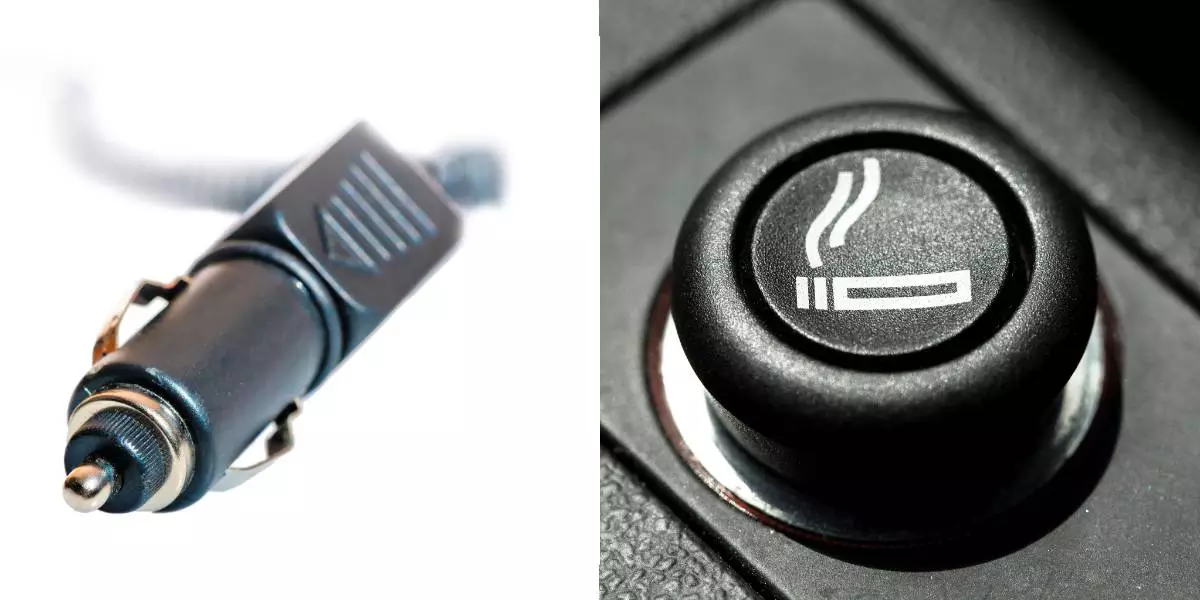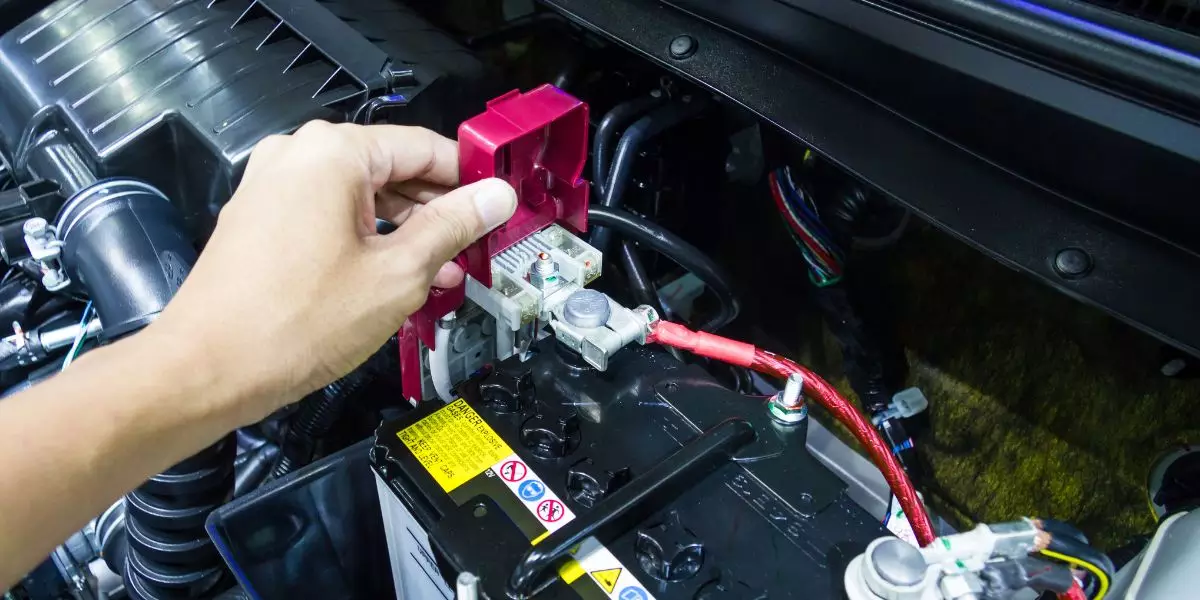Absorbent Glass Mat (AGM) batteries are a much safer option when compared to other battery types. For one thing, they’re capable of absorbing the hydrogen that they produce under normal conditions. So, do they still need to be vented like other batteries?
Yes, AGM batteries must be vented, even though they produce relatively less hydrogen gas as a byproduct. AGM batteries are still at risk of charging too fast and overcharging. Both of those conditions will increase hydrogen production beyond what the glass mats can absorb. So, there’s still a risk of a hydrogen explosion with these batteries. Ventilating your battery compartment prevents this from happening.
The following sections will help you understand why ventilation is so crucial for AGM batteries, starting with discussing how these batteries are designed.
Let’s get started.
What Are AGM Batteries?
Before we dive deeper into the topic of venting your batteries, it’s crucial to understand what AGM batteries are and how they’re constructed.
Everything you need to know is in the name: AGM stands for absorbent glass mat. That’s a popular type of battery for a wide range of uses alongside the likes of lead-acid or gel mat batteries.
AGM batteries became popular somewhere in the 1980s. Today, you can find these batteries in everything from cars, trucks, boats, and even in submarines!
This type of battery gets its name from its construction on the inside. There’s a special glass mat separator within the battery casing that absorbs the electrolyte solution inside between the battery plates.
In simple terms, the electrolyte solution stays absorbed in the glass mat instead of floating around in the water, as with some other batteries. So, the electrolyte will never spill even if the battery casing is turned over or damaged.
As a result, this battery offers much more safety, which is why it’s a popular option over other battery types.
Do AGM Batteries Emit Dangerous Gasses?
The thing about batteries, in general, is that they produce gasses as byproducts of the charging process. The most notable gasses is hydrogen, which is highly explosive at high enough concentrations.
Worse still, hydrogen comes out at much faster rates whenever batteries are overcharged or too fast. Although that might sound unlikely, the truth is that overcharging and fast charging happen more often than most people realize.
Do AGM Batteries Emit The Same Gasses As Conventional Lead-Acid Ones?
Yes, they do. Don’t believe the misconception that AGM batteries do not produce hydrogen as a byproduct because they certainly do. However, unlike conventional lead-acid batteries, the amount of hydrogen that comes out of the battery casing is relatively tiny.
Why? Well, it’s because of the glass mats that give this battery type its name. Those glass mats also absorb the hydrogen that’s created, so little or none of it ever gets out of the battery.
Still, it’s not safe to treat AGM batteries as they never emit any explosive hydrogen.
Do AGM Batteries Need To Be Vented?
Considering all that was mentioned above, the answer is yes. However, you still need to provide AGM batteries with sufficient ventilation to prevent explosions. So, despite being a relatively safer option, AGM batteries must still be handled, stored, and ventilated like any other battery type.
Remember what was said earlier: all batteries are prone to overcharging or charging too fast. When that happens to an AGM battery, there will be far too much hydrogen created for the glass mats to absorb. That’s why AGM batteries still have pressure-release valves on their casing so that the excess hydrogen can escape.
Unfortunately, that means the hydrogen will escape and concentrate inside the battery compartment, where the risk of an explosion increases dramatically. That is, of course, unless the compartment has enough ventilation to prevent that from happening.
So, despite what some forums, websites, or people might say, it’s always best to err on the side of caution and provide your AGM batteries with enough ventilation.
What Happens If You Don’t Vent An AGM Battery?
The most significant danger of not venting your AGM battery is the risk of an explosion. Here’s how that could happen:
- As mentioned before, all batteries create hydrogen as a natural byproduct of the charging process.
- However, in AGM batteries, that hydrogen will be absorbed and contained by the absorbent glass mats inside.
- Still, when the battery is charged too fast or experiences overcharging, it will produce too much hydrogen for its glass mats to absorb.
- So, the excess hydrogen will fill the battery casing until it comes out through the battery case’s built-in valve(s).
- That hydrogen will start to form a pocket inside the enclosed space, whether the battery compartment or battery room.
- When the hydrogen reaches dangerous concentration levels, all it takes is a tiny spark to trigger an explosion. Common sources of sparks are other batteries or nearby motors when they kick in.
A battery explosion can lead to expensive repairs or replacements, structural fires, as well as physical injuries, and death to anyone nearby.
The risk of these explosions is very much a reality. That’s why many industries have regulations on how batteries of all kinds must be handled, stored, and most importantly, vented.
Even where there is no regulation, battery manufacturers typically include safety guidance to help you prevent these dangers from taking place.
How To Vent An AGM Battery
Now that we understand why AGM batteries need to have enough ventilation, the next question on your mind is likely about how to get the job done. For starters, no matter how you approach venting, the goal is to keep any possible hydrogen concentrations below 4%.
That level of 4% concentration is known as the lower explosive limit (LEL) of hydrogen gas. So by keeping things beneath that level, you’ll be fine with nothing to worry about.
Beyond that, you must know that the rules for venting AGM batteries will differ between applications. As mentioned before, some industries are heavily regulated regarding the handling of AGM batteries, while others provide industry standards to be followed.
Here are two examples: boats and recreational vehicles (RVs).
Ventilation Rules For AGM Batteries On Boats
We see a perfect example of an area where batteries are strictly regulated in this scenario. When it comes to boats, the US Coast Guard place several rules regarding boat batteries that include:
- Securing the battery so they can’t move by 1 inch in any direction.
- In addition, batteries can’t be installed directly above or below fuel line fittings, fuel tanks, or fuel filters.
And, most importantly,
- Batteries must be vented to allow hydrogen gas to discharge.
When it comes to boats, the rules are pretty universal and straightforward: your batteries, no matter what type, must be vented.
Ventilation Rules For AGM Batteries On Recreational Vehicles (RVs)
When it comes to recreational vehicles (RVs), industry standards like that from the Recreational Vehicle Industry Association (RCIA) state that battery compartments must have ventilation.
Better yet, the RCIA goes several steps further by specifying the minimum sizes and required placement of those vents on the battery compartment, allowing for better standardization throughout the industry.
Final Thoughts
AGM batteries produce a lot less hydrogen gas than other batteries; there’s no doubt about that. Still, the buildup and release of hydrogen is a reality with these batteries. So, no matter what opinion people might have, it’s always best to vent your AGM batteries regardless.
Think about AGM battery vents this way: it’s better to have them and not need them than to need them and not have them. The potential downside, no matter how improbable, is still very explosive.




